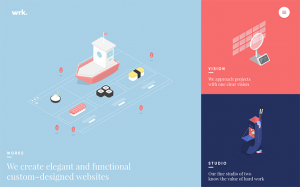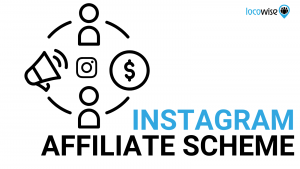
When we think about the top qualities of strong business leaders, we tend to skip over one essential trait: creativity.
Creativity often gets mistakenly categorized as the provenance of artistic types, or an optional mode to pursue when the work day is done. Amidst the hubbub of our jobs, so many of us operate in reaction mode. We have to think fast and act faster, and there’s little time to plumb the depths of our imaginations. But cultivating creativity at work is essential to business success. Without creativity, there is no vision, no breakthrough, no rocket fuel to propel new ideas.
So creativity is a critical tool to bring to work, but the big mystery is: where exactly do you find this tool every day?
Unlocking the source of creativity has been the million dollar question for the ages, and the answers are as diverse as the human race. But Researchers at Dartmouth’s Department of Psychological and Brain Sciences recently found evidence that all of our brains are wired to nurture creativity, containing a broad mental workspace dedicated just for the manipulation of ideas, images and symbols. This is where our imaginations reside, a widespread network that enables us to create art, invent tools, think scientifically and perform other diverse behaviors. The researchers’ exciting discovery has upended the myth that our creativity is housed only in our right brain and our logical thinking lives in the left brain.
Everyone is capable of creativity and we all have different triggers that can tap this creativity. But many believe that inspiration often springs from our surroundings. As musician Jack White put it, “You can’t live next to factories without being influenced by them. Living next to a train track, there’s no way that doesn’t influence you subconsciously.”
Our surroundings aren’t just physical, though. When we walk into our offices every day, we’re affected by the particulars of the building, the workspace, the light or lack thereof. But the cultural forces of our company environments can be just as resonant as the physical ones. And a culture of corporate volunteerism can serve as a particularly powerful wellspring for inspiration.
Peter Drucker once said that “culture eats strategy for breakfast.” Companies that set a tone of giving back, community service, inclusion, and sustainability tend to see those values reflected back in employees who think differently about their work and purpose. When employees know that their company leaders care about doing good in the world – and are looking to employees to be the brand ambassadors of this goodwill – workers have a stronger sense that those leaders also care about them. Feeling valued and purpose-fueled is a liberating perspective that helps employees bring new energy and imagination to their work.
After all, If I’m helping my company make a difference in my community, there’s a good chance I’m going to be inspired. The more opportunities my company offers, the greater my engagement, the greater my inspiration. And inspiration is the twin sister of creativity.
A culture of service is not a cactus that can live without water. As Margot Copeland, Chair and CEO of KeyBank Foundation, puts it, “A culture of service depends on policies, incentives and systems to support and sustain corporate community engagement efforts.” But the great thing is, companies that cultivate this sort of culture can see it spread quickly. As I’ve written about previously, charity is contagious, and by extension, creativity is, too.
Let me explain.
Several years ago, renowned social scientists Nicholas Christakis and James H. Fowler wrote a report about the incredible power of social networks, which attracted public attention with its observation about how social networks can lead to weight gain. Or as they put it, “Your friend’s husband’s co-worker can make you fat.”
The two researchers demonstrated that the characteristics of our social networks ripple outward and affect us in extraordinary and unlikely ways. It turns out that we’re not just creatures of nature and nurture, but of networks. While we’re all indeed individuals, we’re also intimately connected parts of what Christakis and Fowler describe as a superorganism. That means that each of us “lives in the sea of genes of others, others with whom we have chosen to connect. Our friends’ genes, for diverse traits, may help determine how our own genes are expressed and thus who we are.”
But obesity isn’t the only thing that’s contagious. The two showed that drinking, tobacco use, happiness, sleep, exercise, the prescribing behavior of physicians and altruism are also contagious.
Our need for social networks may shape our ability to think. So it makes sense that our attitude towards charity would be affected by the people who surround us. The more that philanthropy is ingrained within our social networks, the more it will ripple outward and spread. And the more we’re surrounded by inspired and inspiring people engaged in good works, the more we’ll be swirling in the resulting creativity. It’s contagious.
When you give back to your community, you awaken the sense of possibility that is the lifeblood of creativity. Working in an environment where everyone is daring to dream of a better world and the role they can play in making it so creates a culture where creativity of spirit and vision is valued and nourished in every way.
So if you want to tap into your creativity on a regular basis at work, encourage your company to lead by example and provide opportunities to give back. Employees who are lifted up by inspiration will also find their sense of creativity take flight.
Digital & Social Articles on Business 2 Community(102)









